Appearance Of The Earth From The Plane
Description
This section is from the book "Airplane Photography", by Herbert E. Ives. Also available from Amazon: Airplane photography.
Appearance Of The Earth From The Plane
The view from the ordinary two-seater is greatly restricted by the engine in front and by the planes to either side and below (Figs. 7, 8, and 9). By craning his neck over the side, or by looking down through an opening in the floor, the passenger has an opportunity to learn the general appearance of the subject he is later to devote his attention to photographing. Perhaps the most striking impression he receives will be that of the flatness of the earth, both in the sense of absence of relief and in the sense of absence of extremes of light and shade. The absence of relief is due to the fact that at ordinary flying heights the elevations of natural objects are too small for the natural separation of the eyes to give any stereoscopic effect. The absence of extremes of light and shade is in part due to the fact that the natural surfaces of earth, grass and forest present no great range of brightness; in part to the small relative areas of the parts in shadow; in considerable part to the layer of atmospheric haze which lies as an illuminated veil between the observer and the earth at altitudes of 2000 meters and over (Figs. 10 and 11). Due to the combination of these factors the earth below presents the appearance of a delicate pastel.
As the gaze is directed away from the territory directly below, the thickness of atmosphere to be pierced rapidly increases, until toward the horizon (which lies level with the observer here as on the ground) all detail is apt to be obliterated to such an extent, that only on very clear days can the horizon itself be definitely found or be distinguished from low lying haze or clouds (Fig. 4).
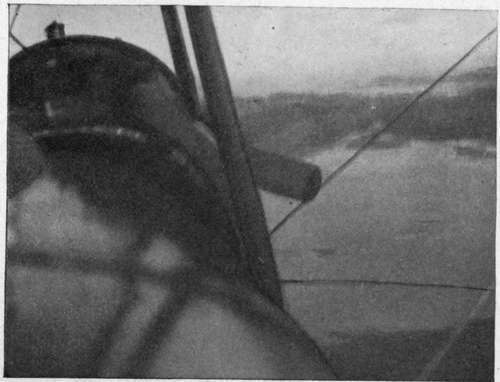
Fig. 7. - The view ahead.
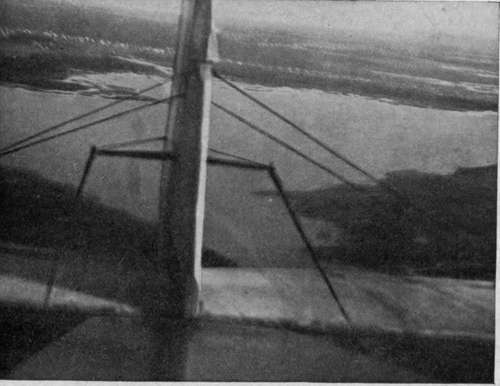
Fig. 8. - The view astern.
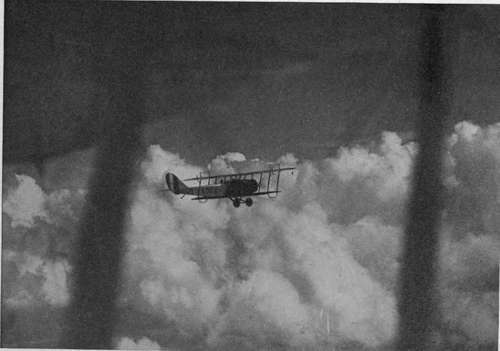
Fig. 9. - The view between the wings.
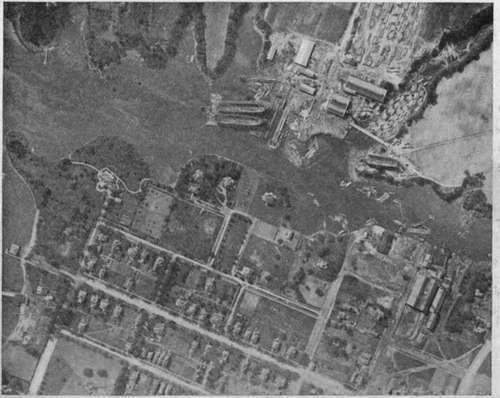
Fig. 10. - Appearance of the earth from a low altitudeó3000 feet or less.
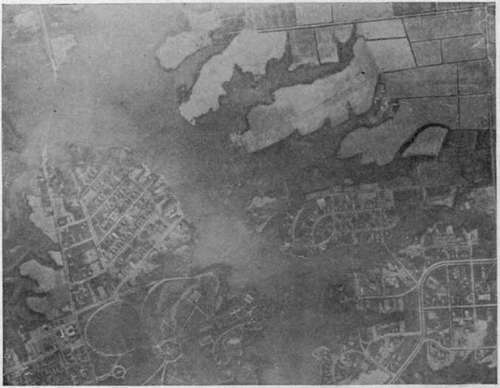
Fig. 11. - Appearance of the earth from a high altitudeó10,000 feet or more.
Continue to:
Tags
camera, lens, airplane, aerial, film, exposure, photography, maps, birdseye
